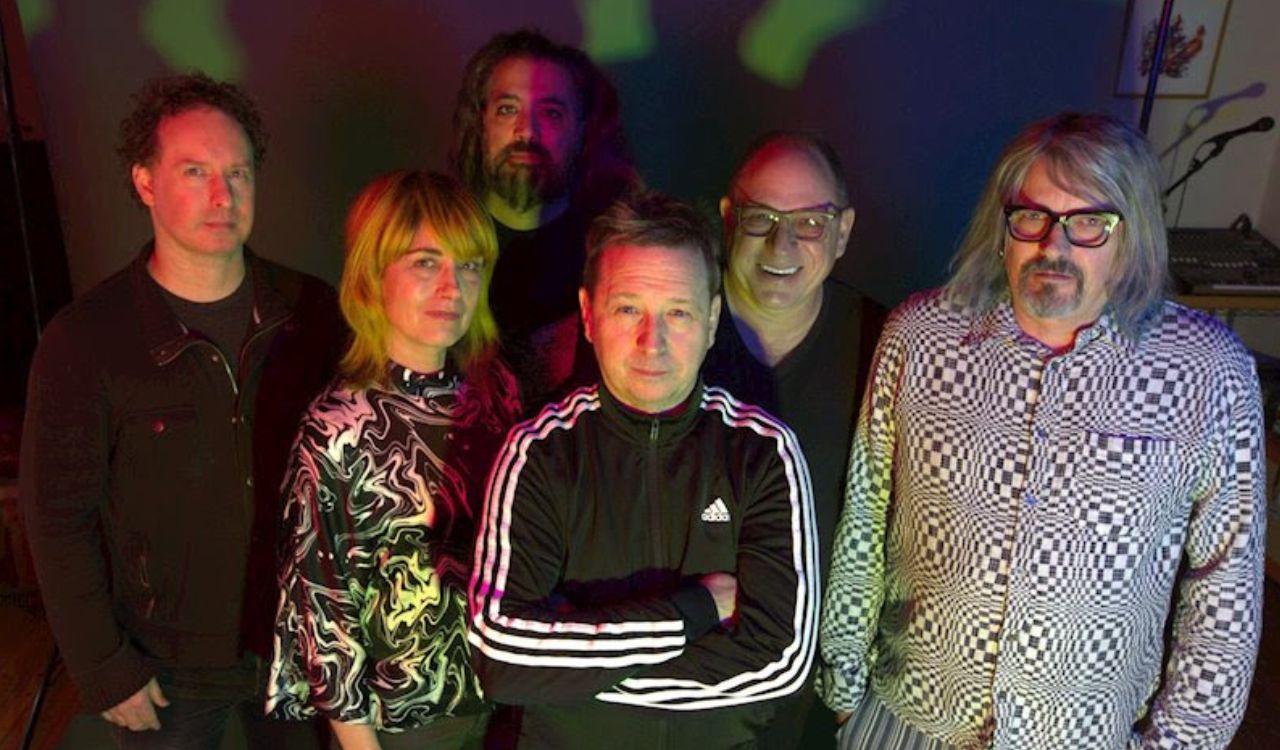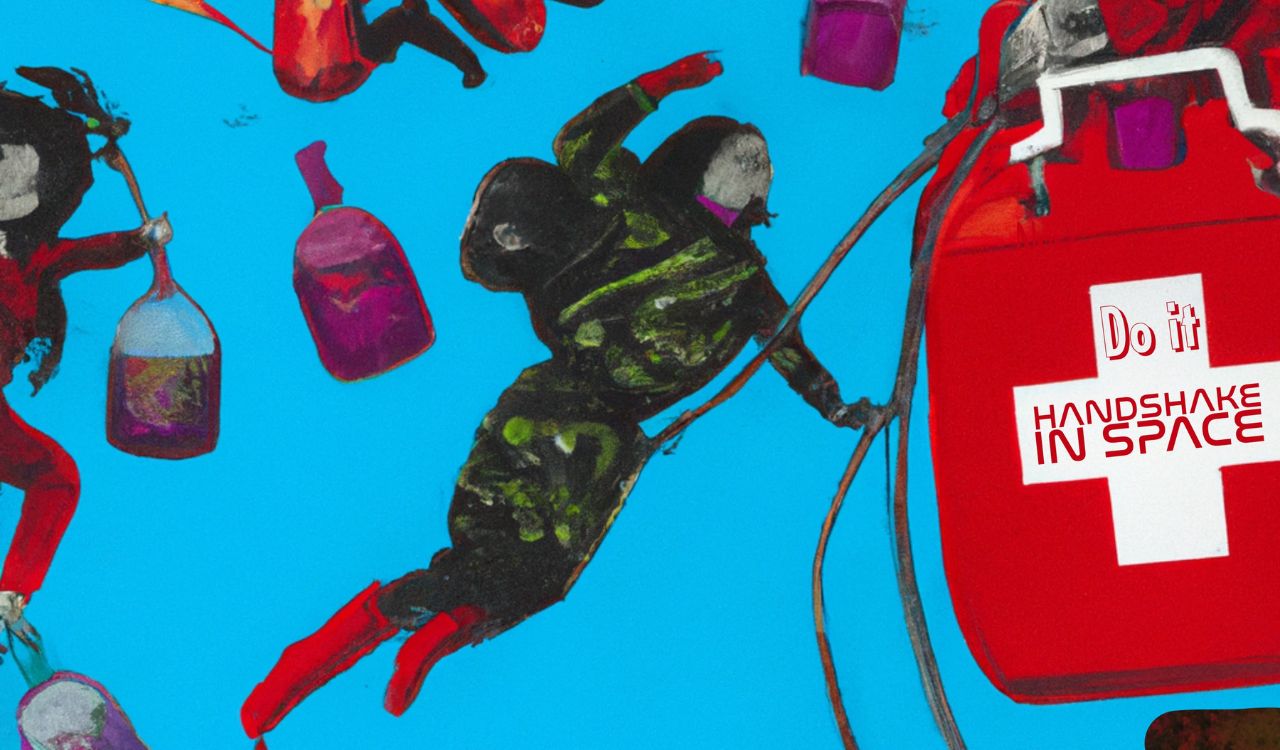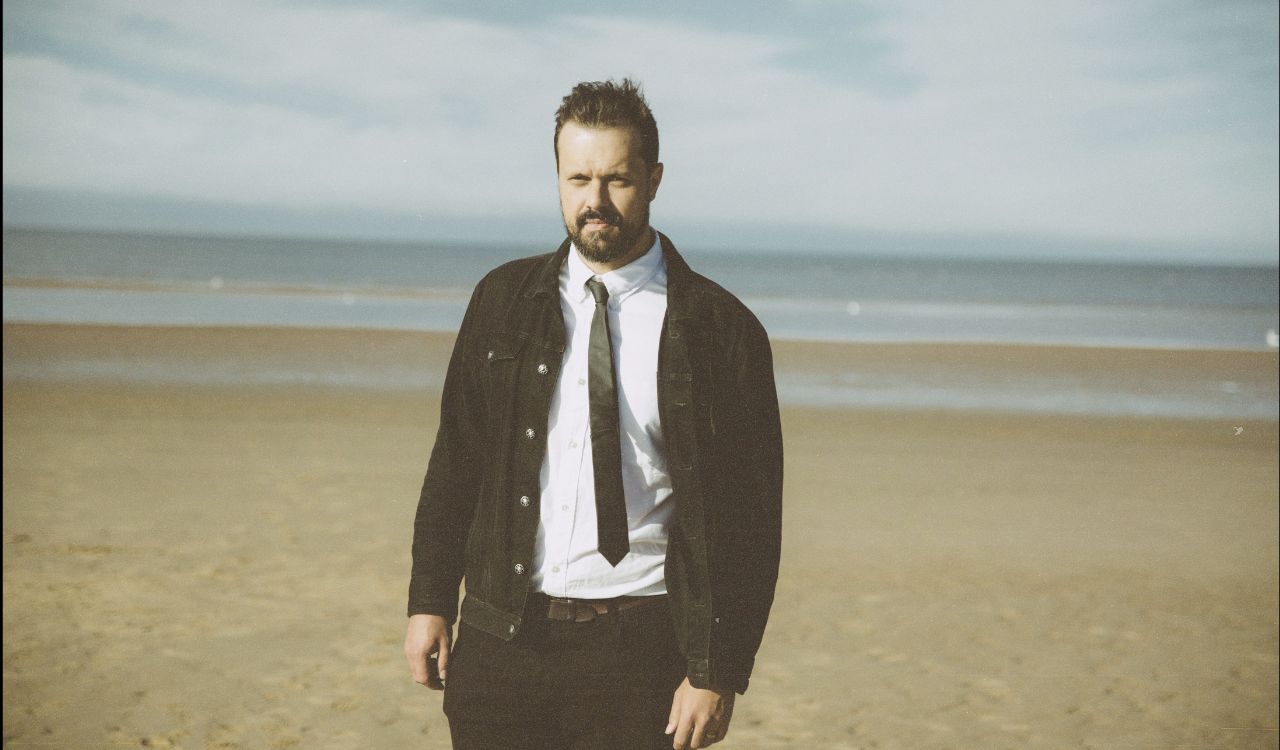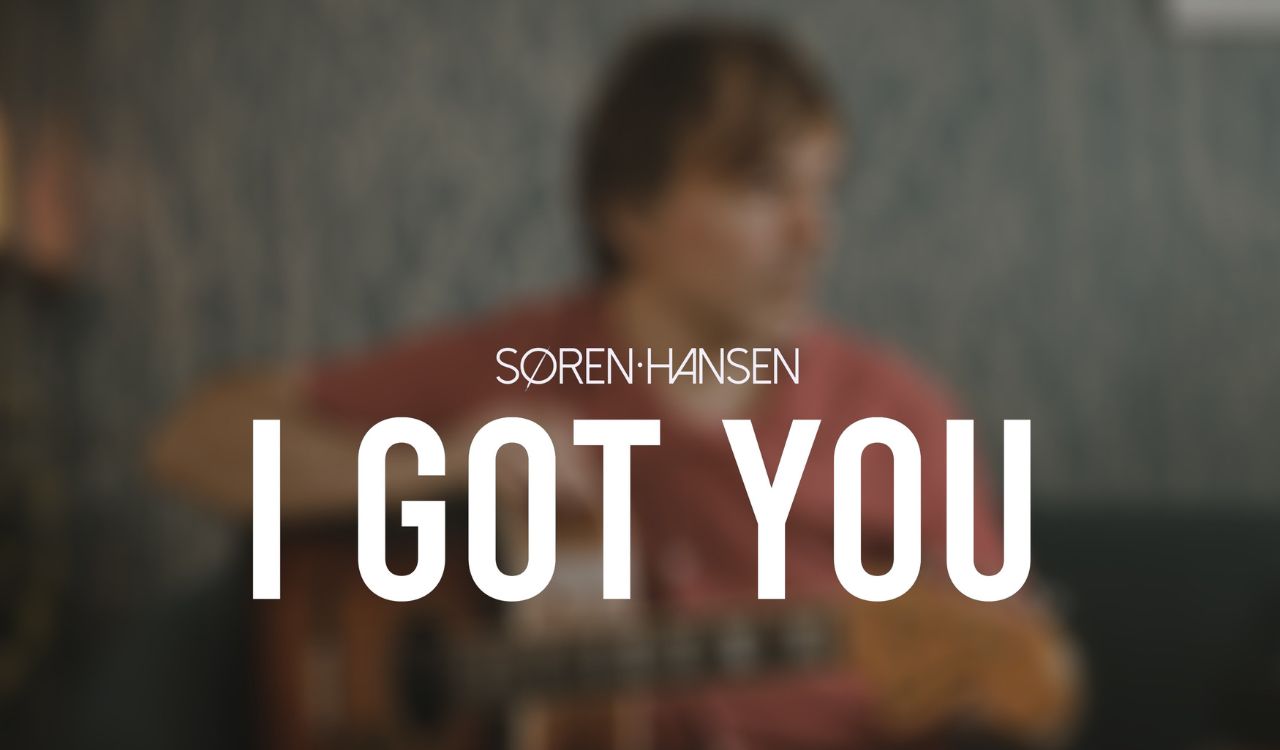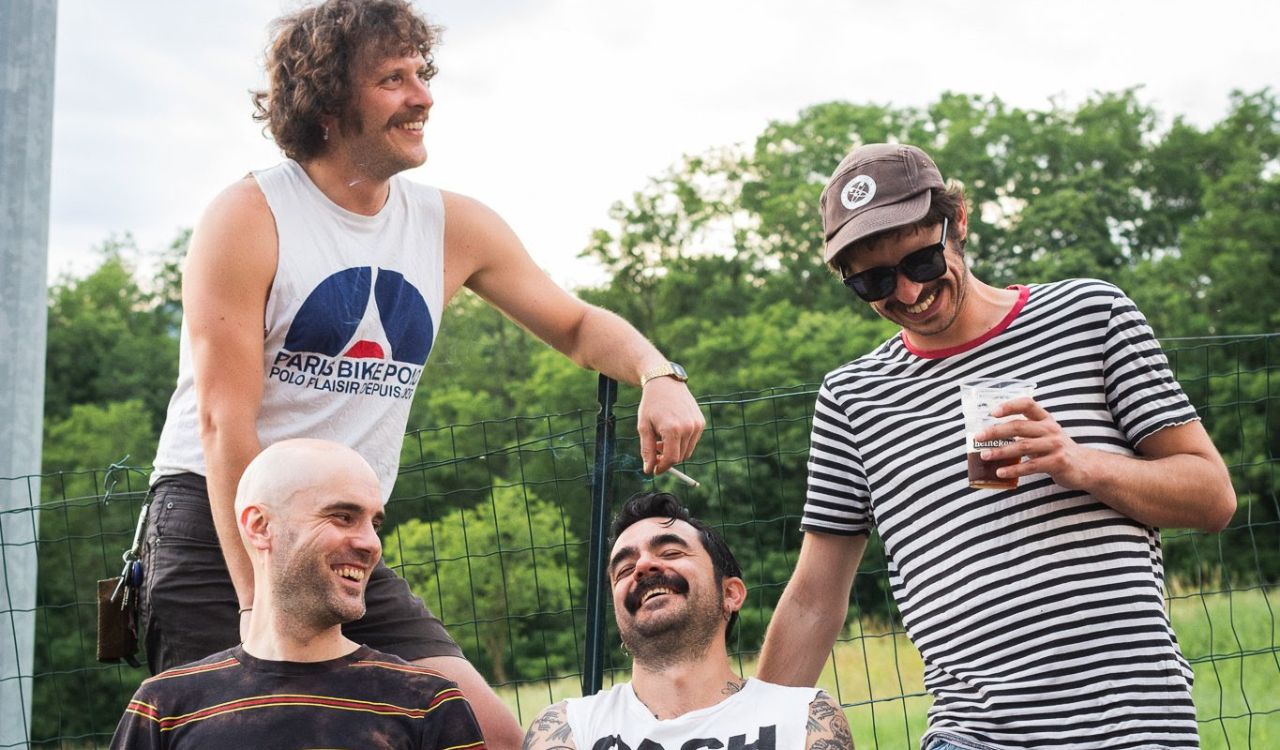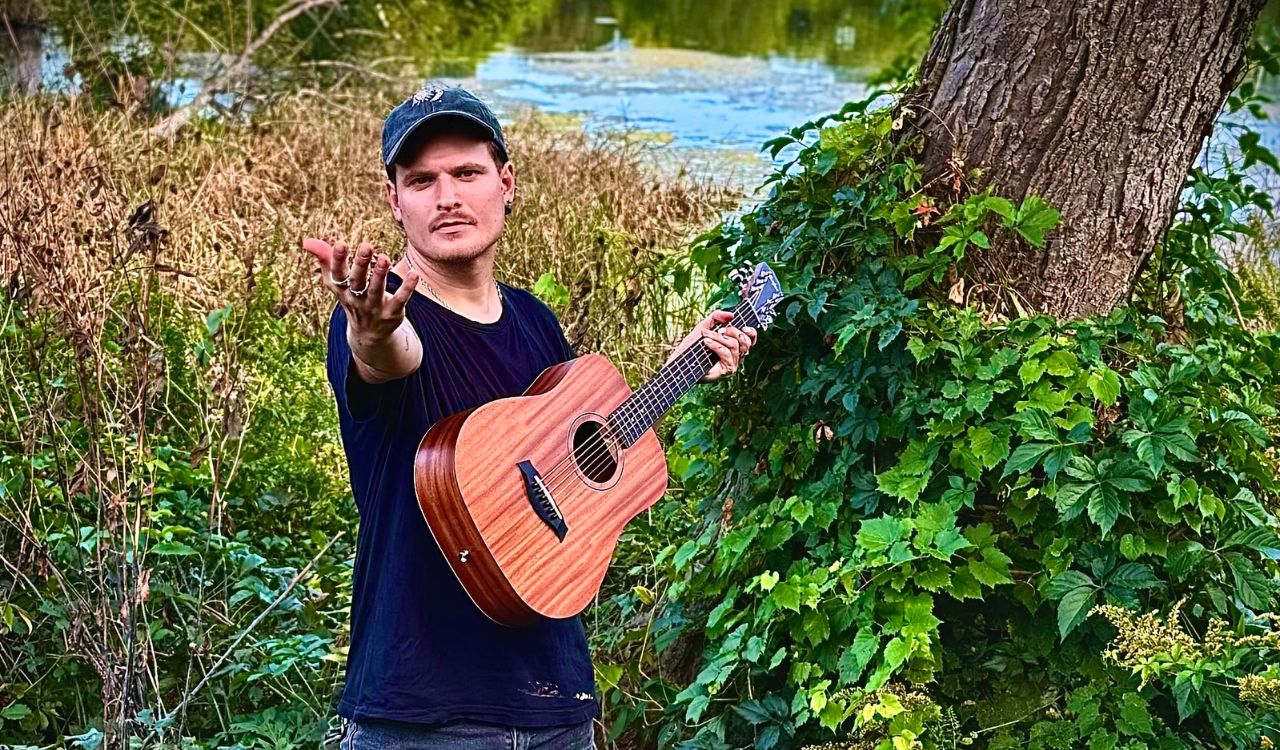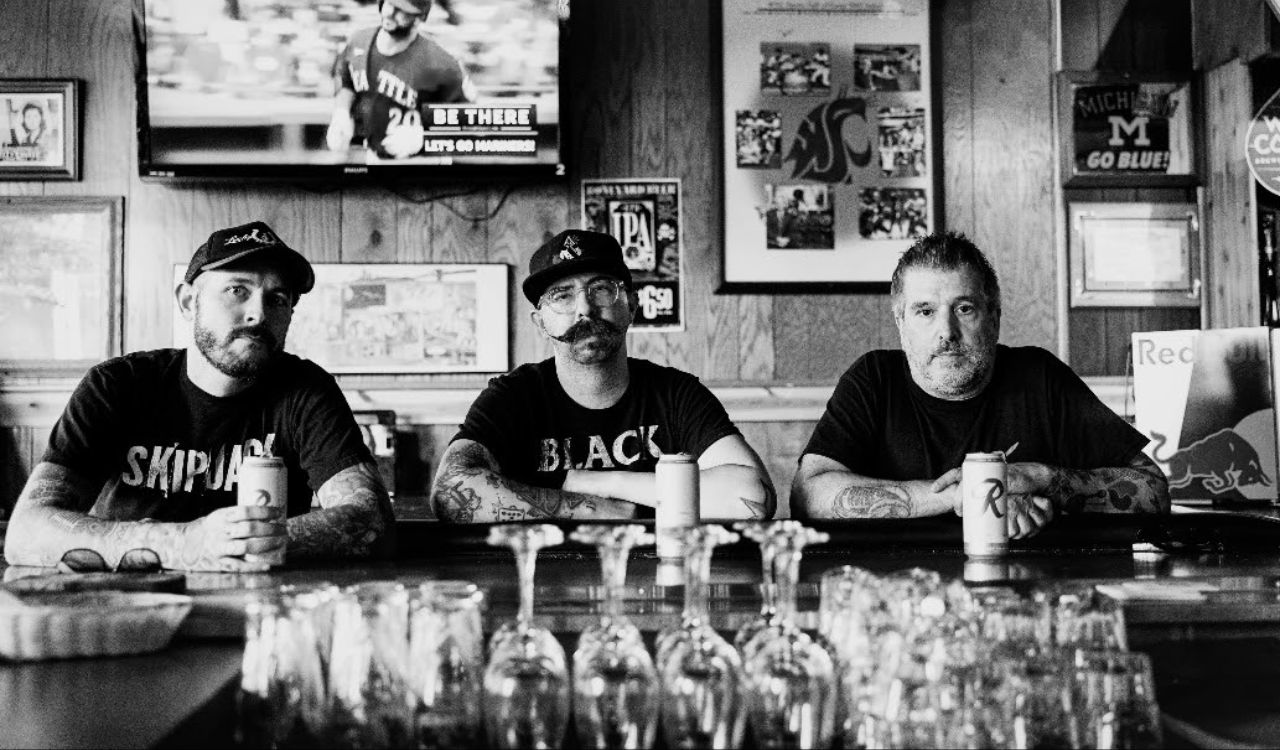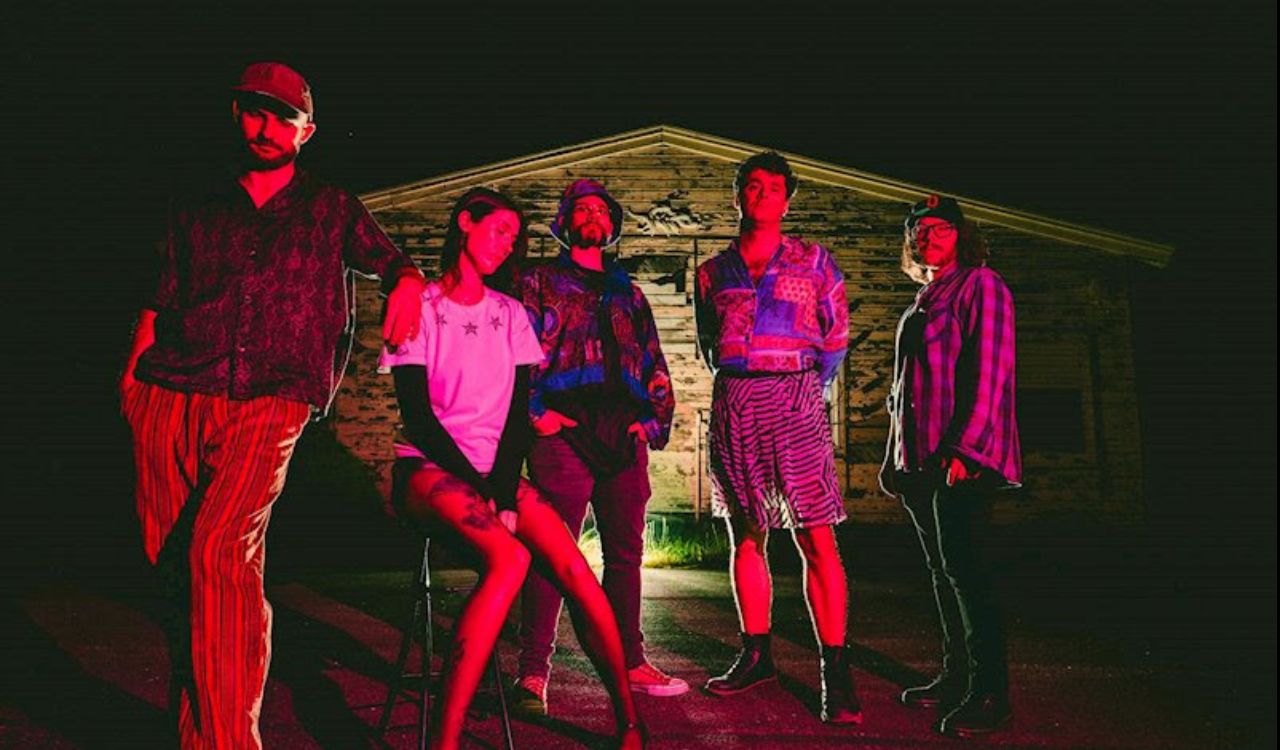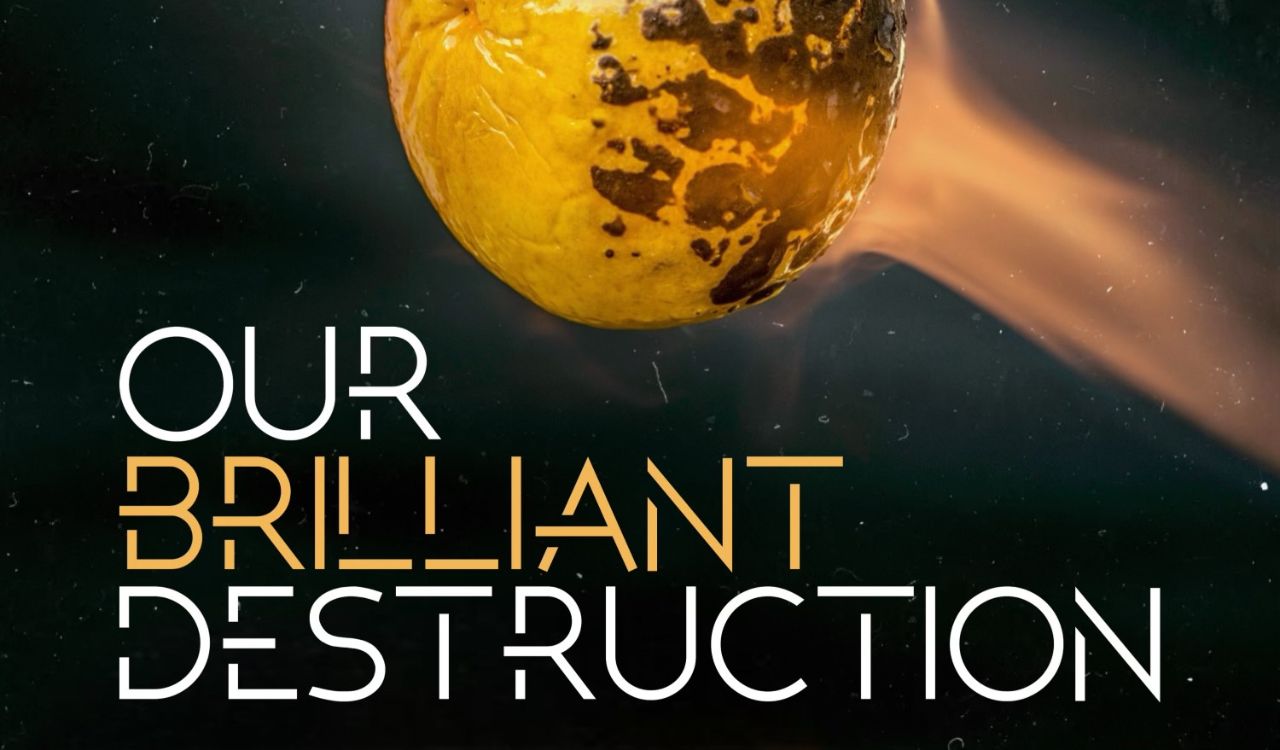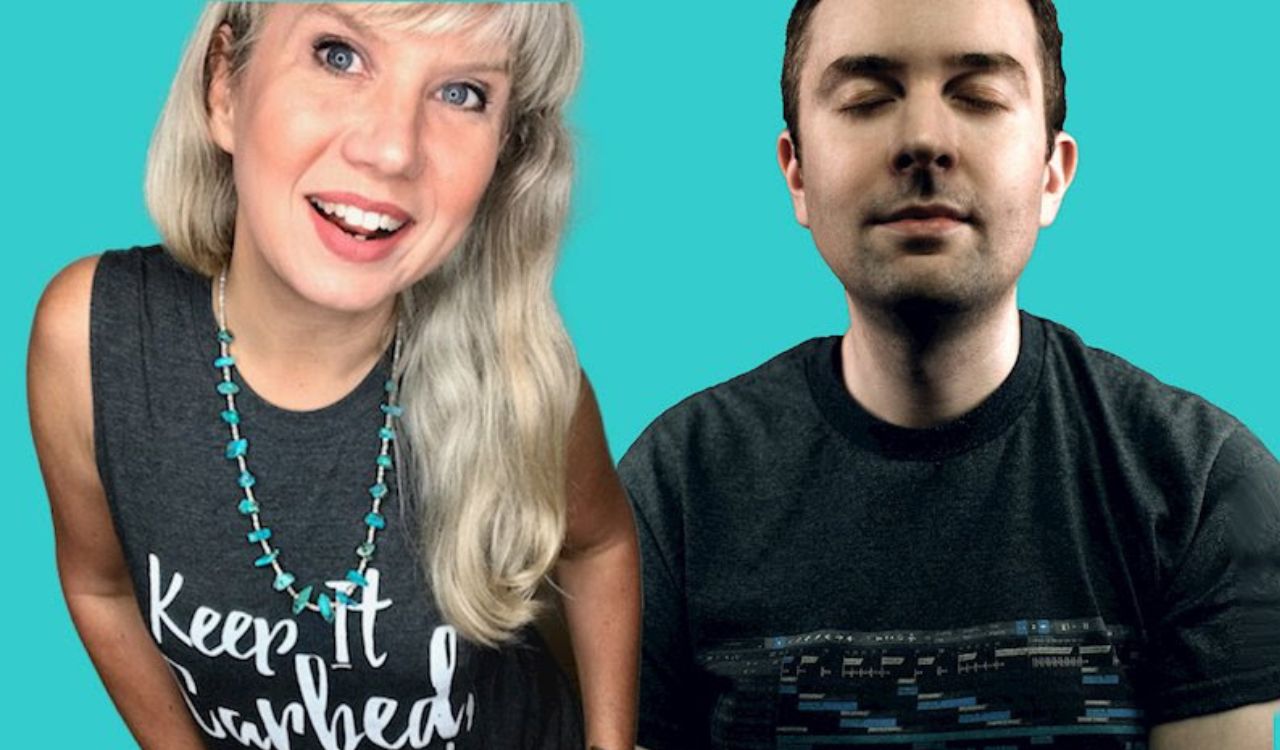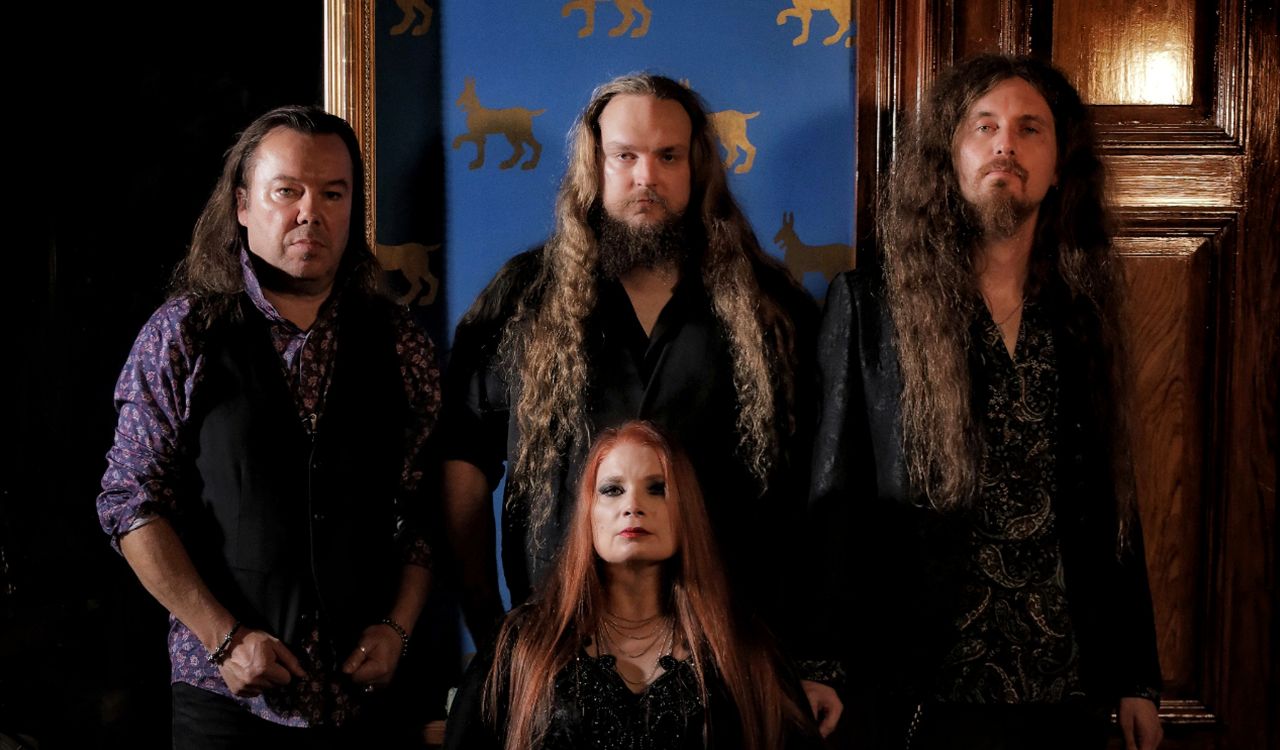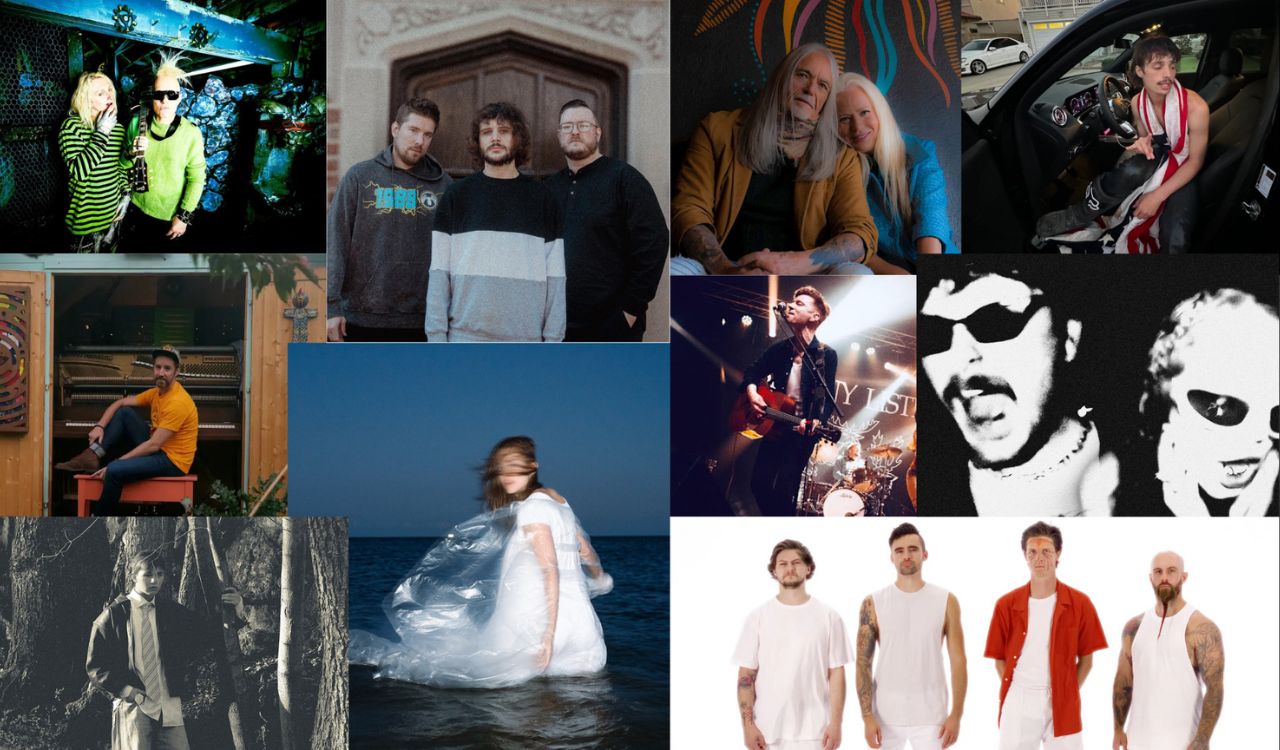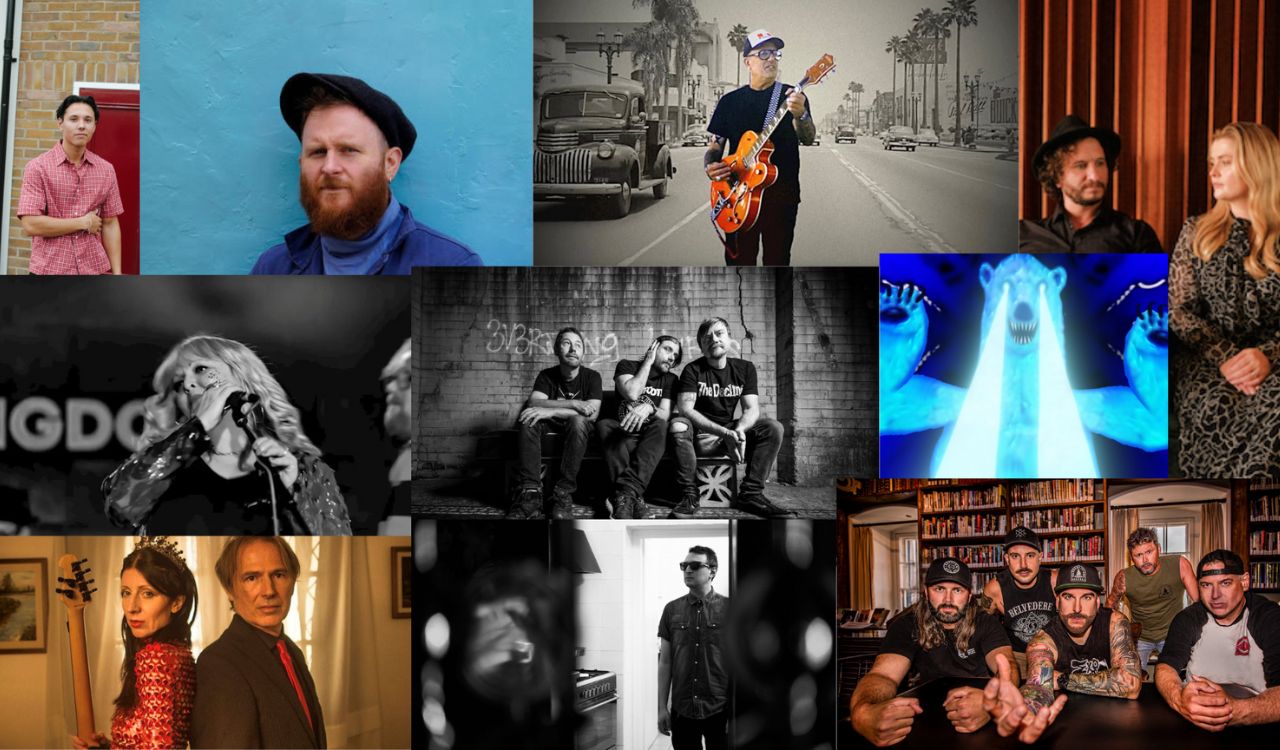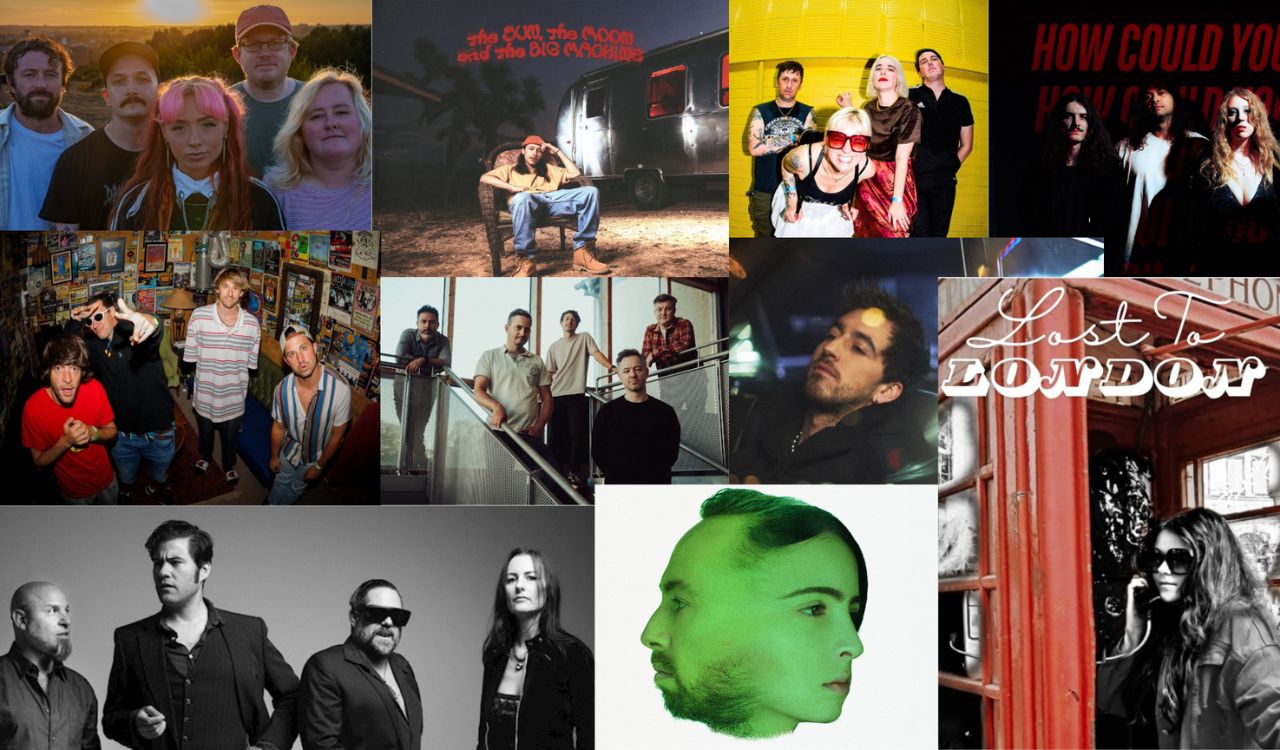New songs, new record, and turning a new leaf. New gritty, tough-assed swamp music with edge and off-the-wall lyrics. More importantly, a new musical partner-in-crime with Canadian national treasure Big Sugar’s Gordie Johnson.
After 17 years as part of acclaimed duo The Harpoonist and the Axe Murderer, Canadian vocalist and harmonica virtuoso Shawn Hall aka – The Harpoonist now goes it alone and has released his first solo record, Did We Come Here to Dance, which came out 8th November 2024 via Tonic Records.
As one half of his former band, Shawn has toured far and wide across his home nation, and been praised by Canadian institutions like The Globe and Mail newspaper, and CBC (Canadian Broadcasting Corporation). Under the guise of The Harpoonist (inspired by the line ‘I pulled a harpoon out of my dirty red bandana,’ from the beloved song ‘Me and Bobby McGee’), he has already released a string of singles etched in blues and psychedelia. His first full-length solo album turns this sound up to eleven, bringing swampy grooves and heavy soul into the mix thanks to his collaborative efforts with the founder of one of Canada’s biggest selling band’s Big Sugar – Gordie Johnson here on production duties.
Speaking about how this album differs from his previous work as a duo, Shawn says: ‘I think it captures my sense of humour a lot more, often with really absurd imagery, so it breathes truer to my personality than my previous incarnation. There is also a heavy attention to groove, and off the wall hooks while never losing touch with the pulse. Making sense of these musical influences is my harp playing threading a sort of narrative.’
Lead single ‘Good People’ opens the album as a call to action and asks ‘Did we come here to dance, or did we come here to die?’ It’s a joyfully psychedelic swirl to set the tone, and Shawn names the influences behind the song as Sonny Terry, Aretha Franklin and Daft Punk. ‘Heartbreak Autobahn’ sounds like George Michael’s ‘Faith’ with a bluesy filter, while the lyrics ponder over struggling to find self-acceptance and feeling stuck. Then it’s into ‘Acrobatic’, which Shawn admits throws up some bizarre imagery with the words, yet the swampy groove is one that sticks, along with the ‘oh-ooh-oh’ refrain.
The sentence ‘I May Not Have It Together’ it’s lifted from is ‘I may not have it together, but together we have it all,’ a phrase that has evidently stuck with The Harpoonist, as he sings it multiple times throughout ‘Good People’ and has based a song around it here. It has become something of a mantra in his life, and works it into this two-chord funk as he repeats ‘Ain’t gotta worry ‘bout a thing.’
When it comes to ‘Lullaby Life’, Shawn describes it as ‘another swamp banger’ for the album. He explains that ‘I know Gordie (Johnson) wanted to marry mid-90s hip-hop on this one… drums, guitar, Moog bass with sparse harp’. Gordie’s Big Sugar influence makes its way further into The Harpoonist’s music on ‘Show Me the Green’ with its down-and-dirty grooves, stinging guitar and gospel-inflected vocals.
Following the easy-listening tribute to the American jazz great ‘Yusef Lateef’ which allows Shawn’s vocals to shine alongside some stellar sax playing, ‘Scrapper’ sounds like a true modern blues tune as it tells a comedown tale following a three-day bender. Yet as is a prominent theme throughout The Harpoonist’s output, the joie de vivre finds its way in, here with the song’s bouncy rhythm and lively harp. And just to end with a curveball (which feels apt for The Harpoonist), the last song is a cover, and one with a reggae beat, no less. ‘Trucker Speed’ is originally by Canadian touring musician Fred Eaglesmith, a story of a truck driver who falls out of love and into a life on the road.
Recorded within a 10-day whirl at Gordie Johnson’s ranch in Austin, Texas, Shawn describes this time as one of the most enjoyable experiences of his creative life. “He has these three shacks he calls the Sugar Shacks down the hill from his house that overlook Dripping Springs, Texas… One for drumming, the other for his guitars, the other for singing and mixing. We would bounce back and forth between shacks and write lyrics on the deck.’ While journeying between these shacks, Shawn also explains that ideas came together from all over, such as a graffiti line spotted in a bathroom stall married with a piano line he’d had in his head, and looking through scribbled notes and listening to phone memos to see what would stick. The result is an album he describes as joyful, and one that showcases ‘a version of me that’s always existed but just not quite captured on record before.’
-Official bio
Watch our latest “Short Cuts” video podcast to discover more new indie tracks.



